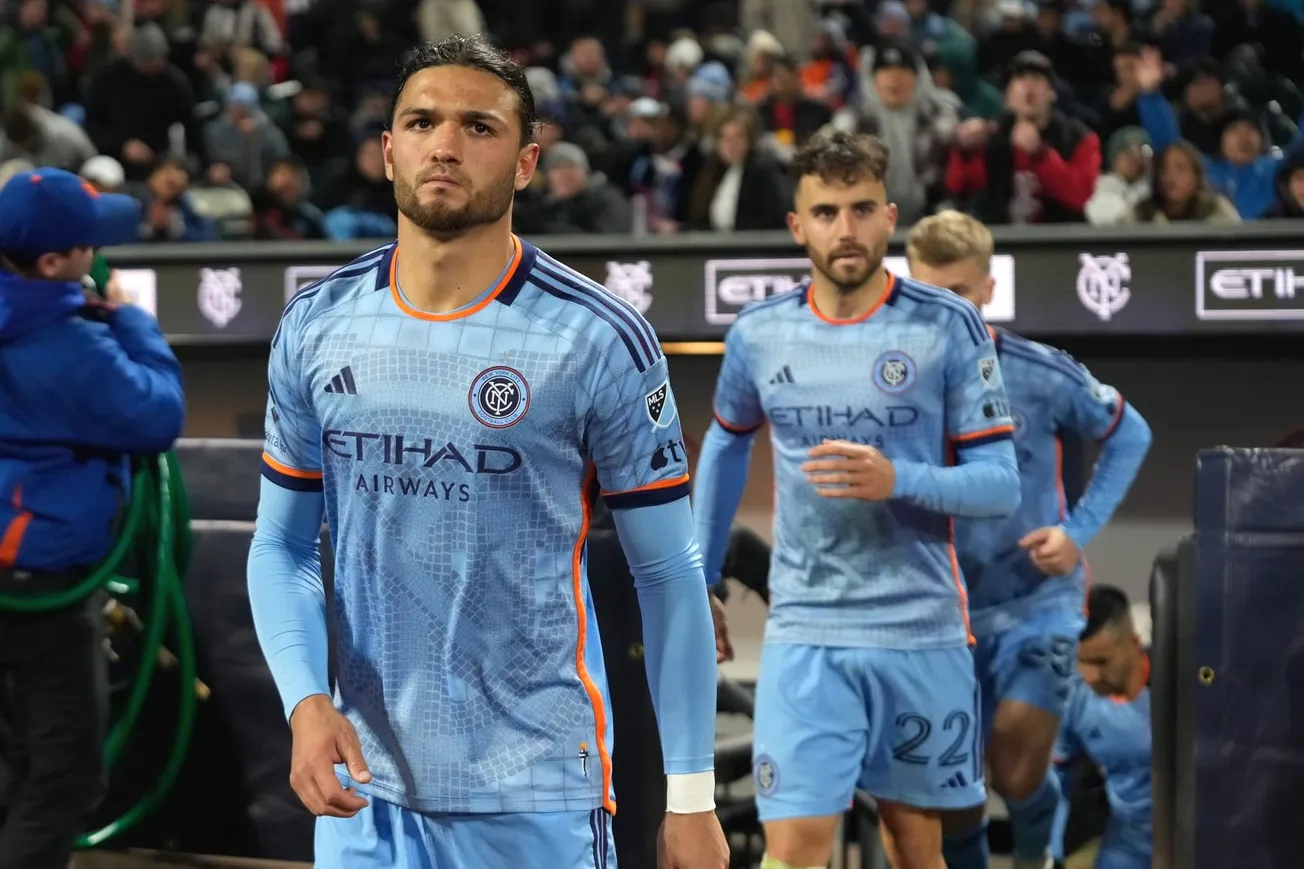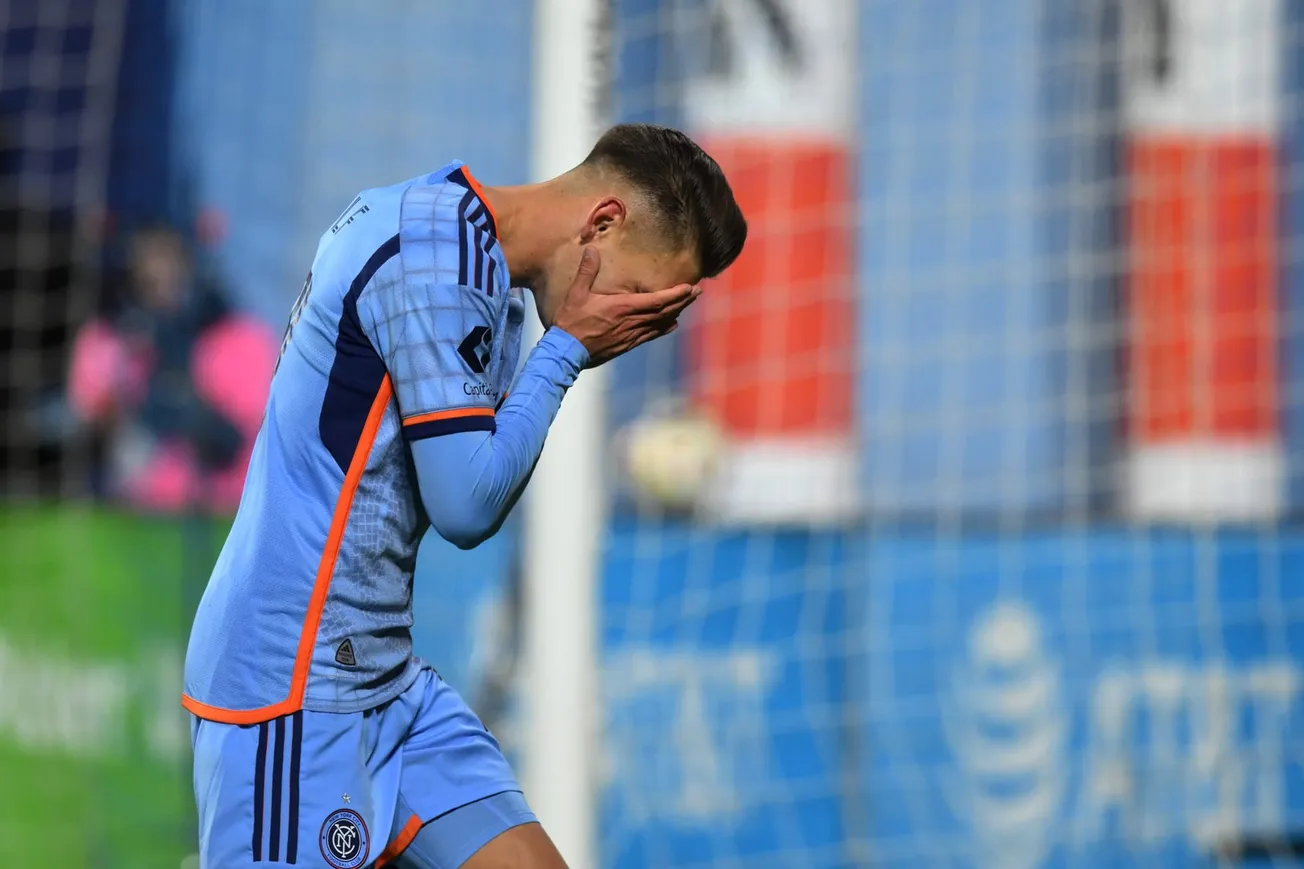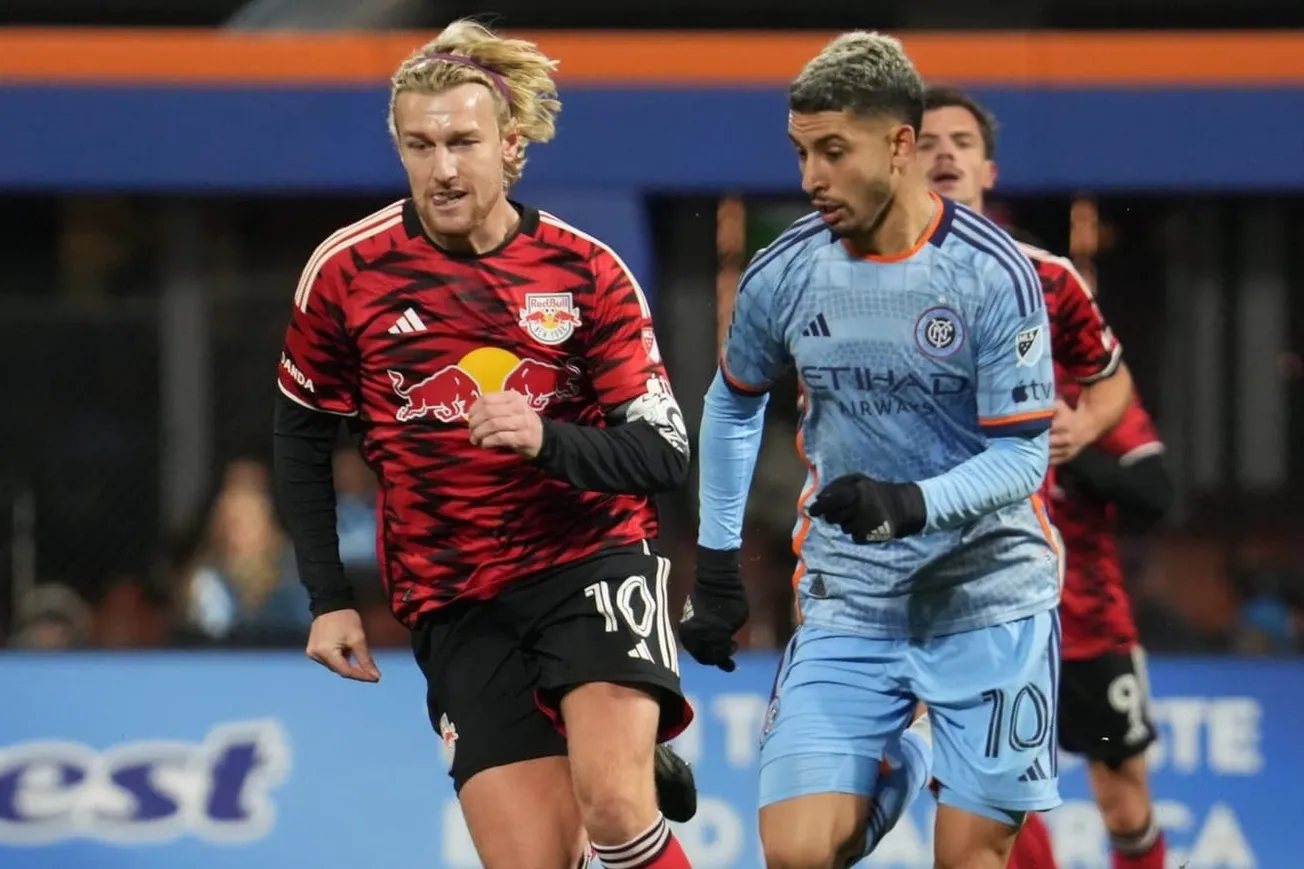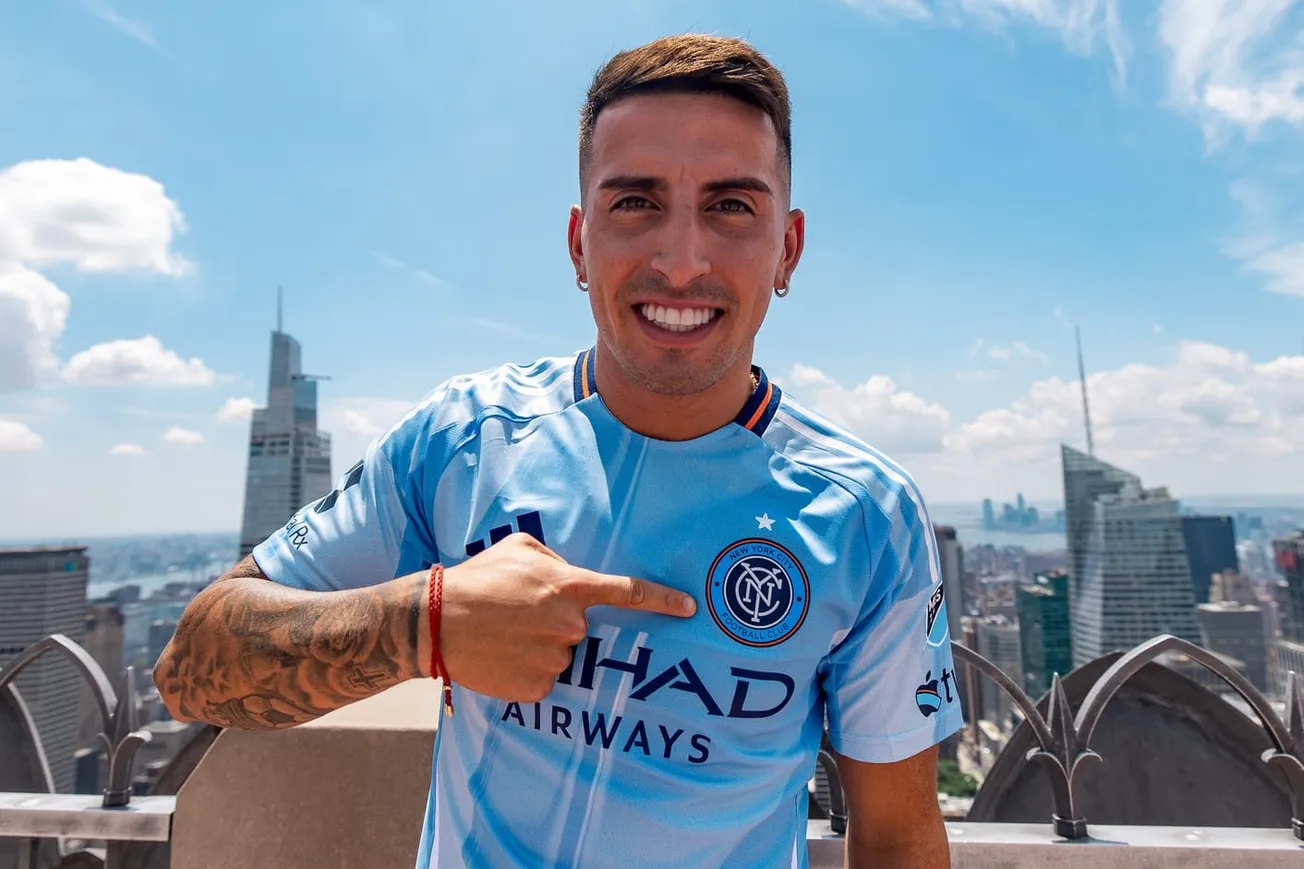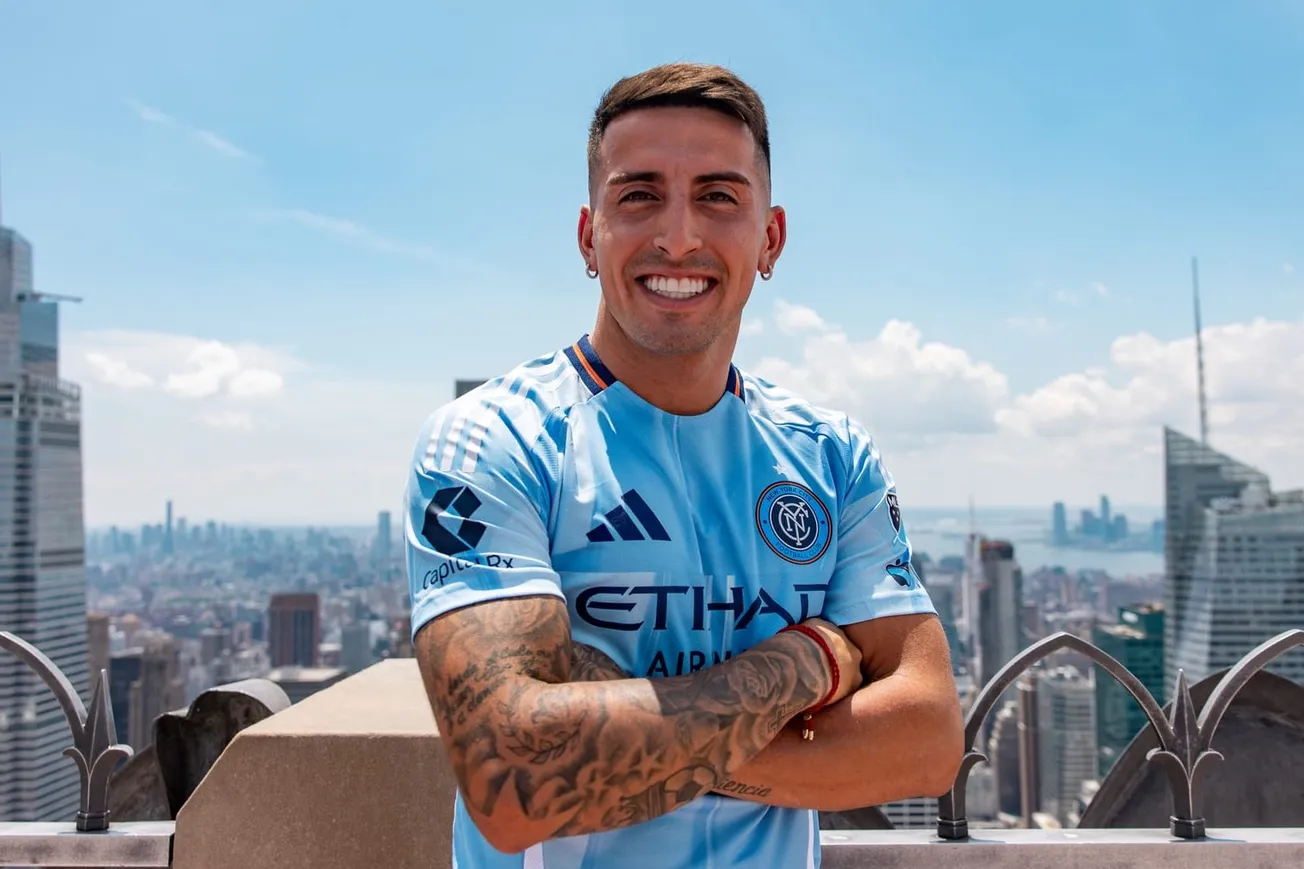The Bielsa Report is named for Leeds United manager Marcelo Bielsa, and the comprehensive if legally suspect research he conducts on opposing teams.
1. New England’s Designated Players are good
The New England Revolution did a bang-up job recruiting Designated Players who materially improved the team, helping the Revs win the 2021 Supporter’s Shield with a record-breaking 73 points.
At the top of the list is playmaker Carles Gil, a 29-year-old Spaniard who played for Aston Villa and Deportivo La Coruña before moving to the Revs in 2019. Gil is arguably the most complete player in MLS, and the leading candidate for the 2021 Landon Donovan MVP Award. Then there is forward Gustavo Bou, a 31-year old Argentine who scored 15 goals and made 8 assists in 2021. He also joined in 2019.
Finally, there is striker Adam Buksa, a 25-year-old who had a breakout year with the Revolution, scoring 16 goals. He joined in 2020, and his performance for New England this year earned a call-up to the Poland national team where he became Robert Lewandowski’s strike partner at the FIFA World Cup Qualifiers. Buksa scored five goals in five appearances—although four of those were against U11 side San Marino.
Buksa is the straw that stirs the Revolution’s drink. But he was sidelined in early November for what was reportedly a broken metatarsal, and while he was set to return to training last week he’s questionable for the playoff game against New York City FC. Even if he can play, it’s unclear if he’ll be match fit.
A healthy Buksa is trouble, while a hobbled Buksa will allow NYCFC to concentrate on Gil and Bou. Keep an eye out for the game-day lineup to see if Buksa makes the cut.
2. Bruce Arena is a good manager
When Bruce Arena arrived at New England in the middle of the 2019 season, he took a dysfunctional team still reeling from the strangely autocratic Brad Friedel and turned it into a well-run squad that cultivates talent and gets the best out of its players. Now 70, Arena roams the technical area in a shapeless black sweatshirt and pair of sweatpants, looking like a stagehand in a community theater, guiding his team through their record-breaking season. Well done.
Arena isn’t known as a tactician as much as a man-manager, somebody who builds the confidence of his players. Buksa, Turner, and 22-year-old Tajon Buchanan are all flourishing under Arena—and all received their first international caps this year. In his previous job as USMNT manager, Arena couldn’t put out the dumpster fire that was the team’s failed attempt to qualify for the 2018 FIFA World Cup, but his approach has served the Revolution well.
Still, Arena can be outwitted on the whiteboard—NYCFC manager Ronny Deila did exactly that when City beat the Revolution 2-0 on August 28.
3. Gillette Stadium is bleak and soulless, and that suits the Revs
There are few professional arenas in the United States as bleak as Gillette Stadium, a football stadium that’s the centerpiece of a deeply mediocre 1.3-million-square-foot retail complex located in a clearing off of I-95 a few miles north of the Rhode Island state line. While teams across the country have embraced the heritage of professional sports, building distinctive stadia in city centers that celebrate their communities, Gillette Stadium doubles down on the failed suburban arena designs of the 1970s and 1980s. Why invest in the urban fabric when you can get rental income from Pro Bass Shops and a European Wax Center?
Plastic grass, 50,000 empty seats: There’s no place like home.
Still, it gives the Revolution an advantage—visiting teams are even more miserable at Gillette Stadium than they are. As Sam Minton of the Bent Musket told us, the Revolution “embrace the suck” knowing that their opponents will be unhappy in this vast, soulless arena.
Tomorrow should be particularly uncomfortable. The Meteorology Club at Michael S. Dukakis Middle School reports the mercury will read 33 degrees at game time, 29 degrees with the wind chill.
4. Rested or rusty?
The Revolution last played on November 7, namely the head-scratching 0-1 home loss to a pitiful Inter Miami FC on Decision Day that didn’t feature the injured Buksa. That was more than three weeks ago. The last time the Revolution won a game was the 1-0 home win against the Colorado Rapids on October 27, nearly five weeks ago.
Are the Revolution rested, the players relaxed and ready for their first playoff game of the season? Or are they rusty, their edges dulled by scrimmaging in front of the kit man’s assistant instead of playing meaningful games in front of supporters?
5. Luck counts
You could make the argument that New England over-performed this year, that a mid-table team finished at the top of the league because of its DPs, Arena’s shrewd coaching, a solid home-field advantage—and some good luck.
Soccer is a sport in which luck figures heavily. The low scores mean that a game can be decided by a funny bounce, a lucky strike, an untimely injury, a bad call.
You could also argue that NYCFC under-performed this year, and luck had something to do with it. If you focus on this season’s matchups between NYCFC and New England, you see how luck can direct a game’s outcome.
The teams played three times: NYCFC lost to New England 2-3 on June 19 at Red Bulls Arena; NYCFC defeated New England 2-0 on August 28 at Yankee Stadium; and NYCFC lost to New England 1-2 on September 11 at Gillette Stadium. The aggregate score of those games is 5 goals apiece.
If you look at the g+ GameFlow of the June 19 game, you see that NYCFC vastly under-performed while New England over-performed. Taty Castellanos uncharacteristically missed a penalty, and Tommy McNamara upended the game when he slotted home the 87’ winner. (We still love you, Tommy Mac from West Nyack.)
For the most part NYCFC outplayed New England, but lost the game. Unlucky.
The August 28 game at Yankee Stadium was simply a tactical masterclass by NYCFC, and possibly New England’s most resonant loss of the year. Luck didn’t play a role.
The September 11 game at Gillette Stadium was the one most shaped by luck. NYCFC got off to a blistering start punctuated by an 11’ goal from the supersonic Santiago Rodríguez—who strained his hamstring five minutes later and left the game. NYCFC lost their flow, New England scored, then the wheels came off when Alfredo Morales was given a red card in the 53’.
If you look at the g+ GameFlow, you see that NYCFC dominated until the moment Rodríguez was subbed off. You could argue that the September 11 loss was decided by an injury, and by the Revolution’s ability to take advantage of luck when it falls their way.
Luck will figure tomorrow, just as it plays a role in every match. Luck might even decide the game.
Somebody better blow on Ronny Deila’s dice.


